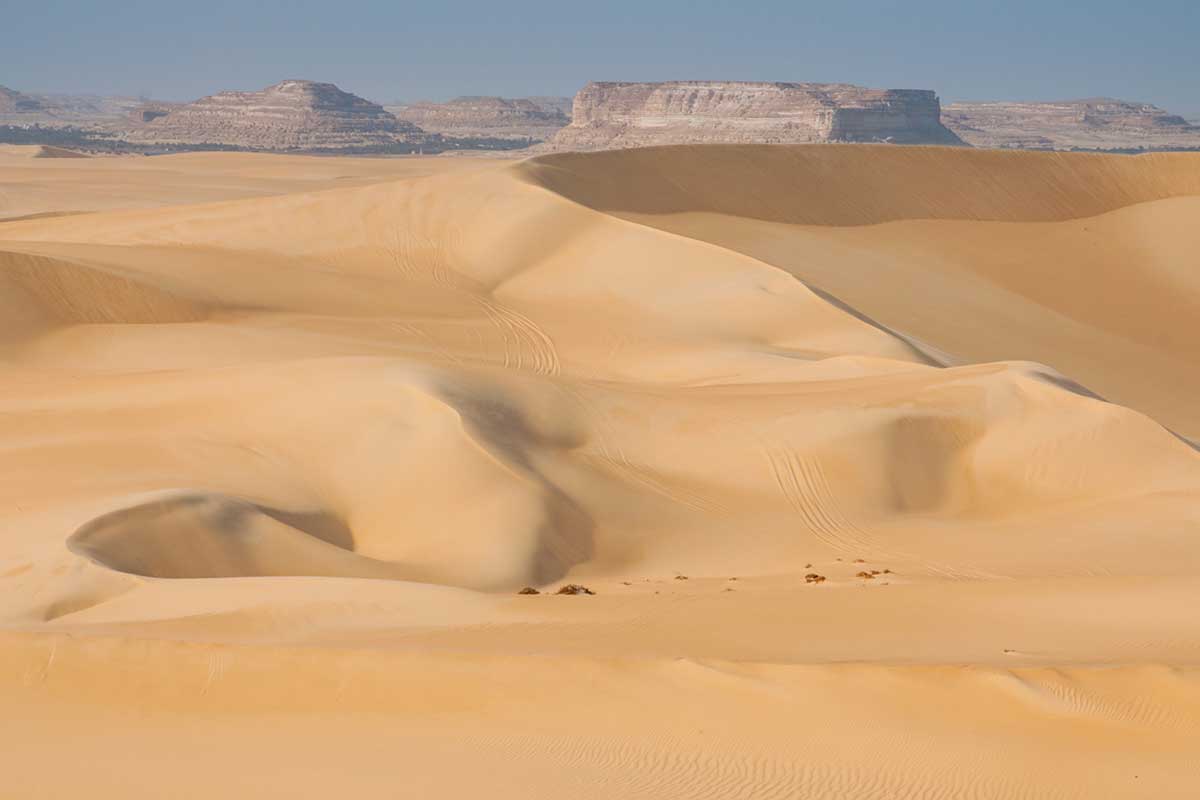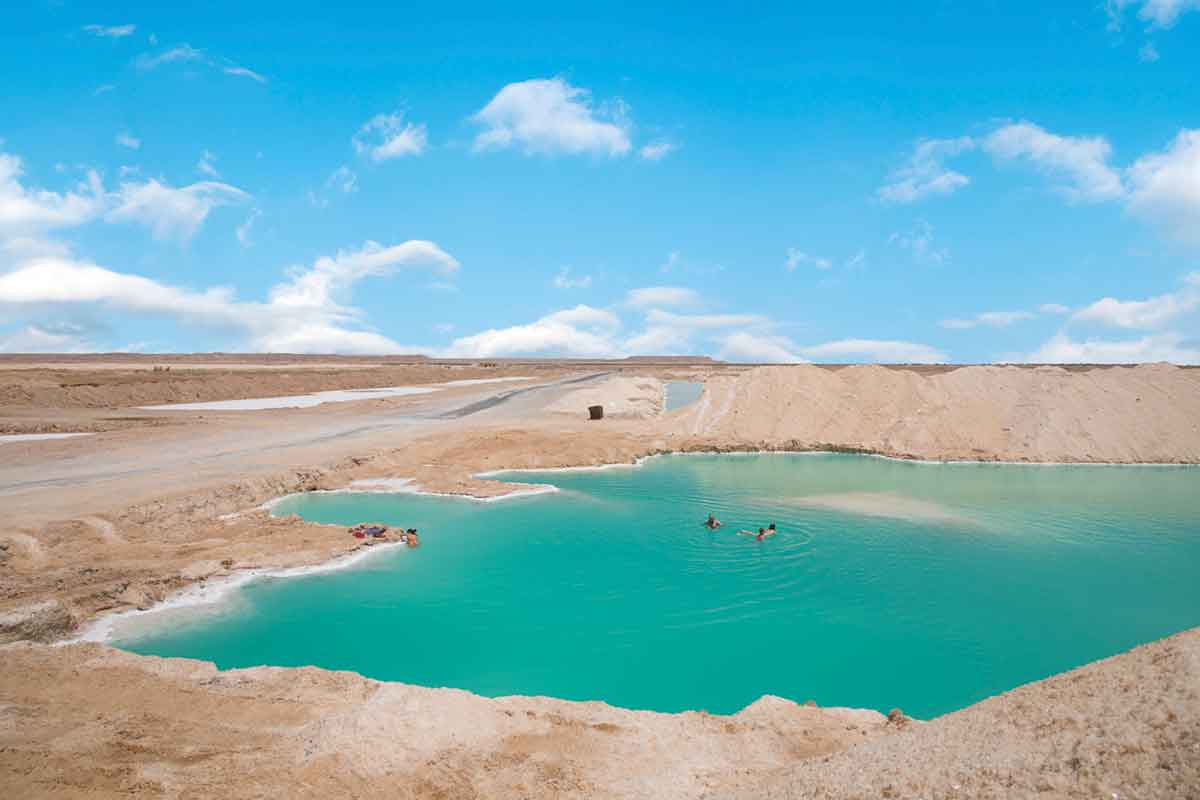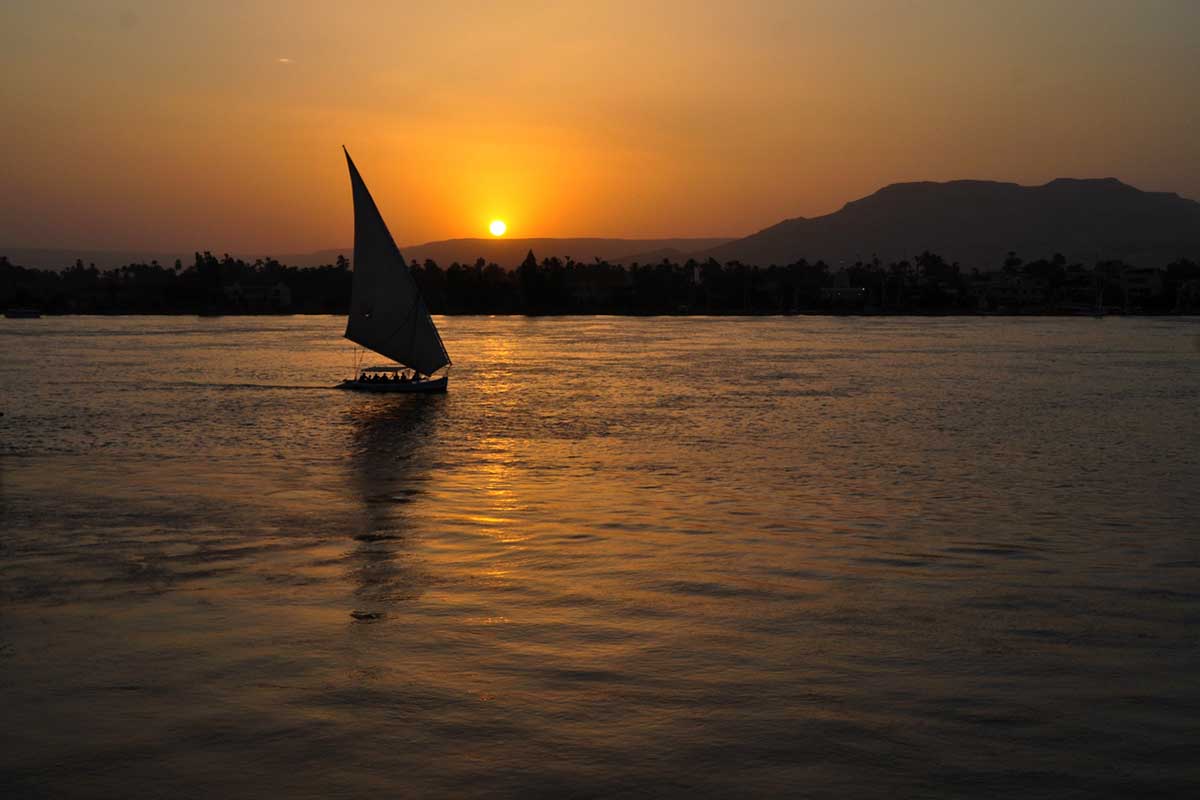When we think of natural beauty, lush forests and green valleys surrounded by snow-capped mountains often come to mind. While these scenes are undoubtedly stunning, there are many other equally beautiful landscapes. Egypt’s nature is a perfect example of this – despite its arid terrain, the country boasts a surprisingly diverse biodiversity.
Thankfully for tourists, this presents a unique opportunity to include nature-focused activities in their itineraries or even plan an entire trip around it. On this page, we highlight some of Egypt’s most characteristic plants and animals. If you’re interested in experiencing them firsthand, Egipto Exclusivo can help you make it happen.
While this page is not intended to be a comprehensive encyclopedia on the nature of Egypt, it’s worth highlighting some of the country’s fundamental ecosystems, particularly since they have captured the attention of tourists. As a result, various travel packages have been developed, which you too can enjoy with our assistance. Here are some of the most noteworthy ecosystems.

The desert is undoubtedly the most famous landscape in Egypt’s nature, occupying the vast majority of the country’s territory with the immense Western Desert (or Libyan) and the enormous Eastern Desert (or Arabian), along with its extension in the north of the Sinai Peninsula.
However, the desert is far from being a uniform stretch of arid land. Different landscapes emerge in various places, all of which are very attractive from a tourist’s point of view. Some of the noteworthy examples include:
One of the remarkable aspects of the desert as a natural landscape is that, in addition to its stunning beauty, it also beckons travelers to embark on an inward journey. The profound tranquility it exudes, accompanied by a majestic silence, gives one the illusion that time moves at a slower pace. Consequently, spiritual journeys and meditation experiences are quite popular.
This feeling is greatly amplified by another feature of the desert landscape: its sky. During the day, the sky is a crystal-clear blue, while at night, it offers an unparalleled spectacle of stars that twinkle with an exceptional radiance.

Oases are like “sacred islands,” as described by the ancient Greek Herodotus, and are closely related to the desert ecosystem. Aquifers located underground in certain areas allow for spontaneous vegetation growth and crop establishment, creating lush gardens in the midst of arid terrain.
Some of Egypt’s iconic palm groves, such as Siwa, are located in these oases. And when water is more abundant, large lakes and typical aquatic ecosystems emerge, such as Lake Qarun and the Wadi El Rayan waterfall in El Fayum, offering unique and interesting spaces to explore.
Although not the highest elevations in the world, the Sinai Mountain Range is a world-renowned mountain range with enormous religious significance. Moses received the Tablets of the Law from God on Mount Sinai, while the relics of Alexandria’s holy martyr arrived at Mount Catherine, the country’s highest summit at 2642 meters above sea level.
Apart from its religious significance, the Sinai Mountain Range also offers a stunning natural environment. Holiday destinations on the southeastern coast of the Sinai Peninsula, such as Sharm el-Sheikh, Dahab, or Taba, take advantage of the mountain range’s favorable environment for trekking and climbing. Some of the places worth exploring are:
Egypt’s natural beauty extends beyond its terrestrial environments, and the Red Sea is a prime example of this. The crystal-clear waters of the sea offer a stunningly diverse marine ecosystem that is home to a range of fish, cetaceans, and corals, among others. Visitors can explore the sea’s biodiversity through activities such as diving and snorkeling, or from the comfort of tourist boats and submarines.
In our Red Sea destination guide, we provide a detailed analysis of the most notable species and places, but here are some places that are sure to captivate nature enthusiasts:

The Nile River is an essential part of Egypt’s nature, with a significant impact on the country’s past and present. It offers a unique landscape, tailored to human needs, with modifications made for convenience, especially after the construction of the Aswan Dam to control floods.
The Nile’s green valley, contrasting with the golden desert, is devoted to the cultivation of all kinds of crops, including sugarcane, cotton, beans, and cereals, spanning countless square kilometers. There are also numerous points along the banks and islands of the Nile’s course where spontaneous riparian vegetation emerges, such as palm trees, sycamores, and reeds.
The Nile’s waters are home to a diverse range of fish, making it a popular destination for sport fishing. Lake Nasser, in particular, is renowned for its Nile perch, offering a great opportunity for fishing enthusiasts.
The body in charge of its study estimates that there are the following number of animals and plants in Egypt:
Egypt’s diverse ecosystems are home to a plethora of flora and fauna, each with their unique characteristics, making it a biodiversity hotspot. The government has pledged to protect this rich natural heritage by signing the Rio de Janeiro Convention on Biological Diversity.
Nevertheless, some plant and animal species in Egypt have almost become national symbols due to their popularity and cultural significance. Whether for their religious symbolism or their usefulness, these species are a tourist attraction in their own right. Let’s take a closer look at them below.
There are several animals in Egypt that are worth stopping to admire due to their abundance, uniqueness, or historical importance, especially during the Pharaonic era when they had great religious symbolism. This made them part of the decoration of temples, tombs, and all kinds of monuments. During that period, they were even the subject of mummification rituals after their death, as can be discovered in some museums in the country, such as the Sharm Museum in Sharm El Sheikh.
When thinking of Egypt, the camel is likely to be the first animal that comes to mind. And with good reason: it is the most traditional “means of transportation” in desert areas since the golden age of caravan routes. It is still widely used by the Bedouin population thanks to its resistance, loading capacity, and docile character. Also known as the Arabian camel or dromedary, it is characterized by having only one hump, sparse fur, and a less robust body than the Bactrian camel found in Central Asia.
Birds occupy a prominent place on the long list of animals in Egypt. Currently, about 400 documented species can be found, many of them migratory. The Fayum is one of the places where the greatest diversity can be found, especially in the fall. Thanks to the art of Ancient Egypt, they have been well documented since that time. The ibis represented the god Thoth, and the vulture, Nejbet. But if there is one bird that stands out for this reason, it is the falcon, which represented the god Horus, closely linked to the pharaohs. Its majestic appearance when spreading its wings is an image that symbolizes protection, and we all instinctively relate to this country.
Egypt’s nature is also a perfect habitat for reptiles. With over thirty species of snakes alone, many of which are venomous, it’s no surprise that the cobra is the most iconic reptile in the country. Cobras are a part of one of the great religious symbols used by the pharaohs of Ancient Egypt: the uraeus. There are different species of cobra in Egypt, but the one most closely associated with the country is the Naja haje, also known as Cleopatra’s asp because it is believed that the famous Ptolemaic queen used it to commit suicide.
The crocodile, specifically the native species Crocodylus niloticus, is another popular and famous animal in Egypt. Its natural habitat is the Nile River, although it can be found throughout almost all of sub-Saharan Africa. In Ancient Egypt, it was used to represent the god Sobek or crocodile-god. The Crocodile Museum in Kom Ombo is an excellent place to learn more about this animal and its symbolic importance. Unfortunately, the construction of the Aswan Dam and the emergence of Lake Nasser led to a decline in the crocodile population in Egypt, especially in their natural habitat in Nubian territory. However, some still live on the banks of this large artificial reservoir.
Lake Nasser is also home to the Nile perch (Lates niloticus), a fish that can exceed 100 kg in weight. Catching one is the great dream of the most experienced fishermen, and for this reason, fishing safaris are organized in this lake with that objective.
When it comes to fish, Egypt’s Red Sea is home to some of the most stunning species in the world. With a vast array of varieties to choose from, it’s difficult to pick just one, but the butterflyfish (genus Chaetodon) stands out with its fascinating appearance, particularly in the raccoon, masked, and diagonal varieties.
The Red Sea is also home to larger marine animals such as rays, dolphins, and sharks. While each of these creatures is impressive in its own right, the dugong is a standout for its unique appearance and status as the only surviving member of the Dugongidae family. These gentle, plant-eating animals are about three meters in length, feeds on algae and is not precisely a skilled swimmer. They tend to swim at shallow depths, making them easier to spot.
Lastly, let’s not forget about the corals. While many believe these creatures belong in the ‘Plants of Egypt’ category, they are actually marine animals that live in symbiosis with algae and create calcium carbonate skeletons, giving them a rock-like appearance. It’s difficult to choose just one coral species to highlight, as each offers a stunning array of shapes and colors that make them a true wonder to behold.
Plants play an important role in Egyptian culture, with many species carrying deep symbolism and serving as a vital part of the country’s identity. Among these plants are certain trees and flowers that are particularly abundant in certain regions. One such tree is the palm tree, well-suited to Egypt’s warm climate. The date palm, in particular, holds great significance in ancient Egyptian culture, as it was associated with certain divinities and religious rituals, including the Heb Sed. Equally distinctive is the Doum Palm, a native species with a branched stem and edible fruits.
Another plant that deserves a prominent place in this list is the papyrus, which once grew throughout the Nile Valley and Delta, though it is now more restricted to the country’s south. Its unique silhouette – a long stem topped with a fan-shaped tuft of leaves – served as inspiration for a type of column commonly found in Ancient Egyptian architecture. The papyrus also played a practical role in pharaonic times, serving as the most commonly used writing support. Unfortunately, its presence has been diminished in recent times due to its interference with irrigation canals and waterways.
The lotus (Nymphaea caerulea) is another plant that holds deep cultural significance in Egypt. Also known as the Egyptian lotus, it is closely linked to ancient Egyptian culture, opening with the sun and closing with darkness, much like the cycle of life and death in the religion of that time. The lotus emerges from stagnant waters, much like the floods of the Nile, in line with theories about the origin of the universe. The lotus-shaped column, or lotiform, is also a common feature in Ancient Egyptian architecture.
The rich and meaningful flora found in Egypt includes diverse plants such as the palm tree, the papyrus, and the lotus. These species are just a few examples of the fascinating botanical world that Egypt has to offer.
While many of these plants can be found naturally in the various ecosystems throughout the country, there are also botanical gardens dedicated to their conservation and education. These are the most interesting ones in the country:
Egypt is not just about its historical and cultural sites; it also boasts breathtaking natural landscapes that offer unique experiences for nature enthusiasts. At Egipto Exclusivo, we organize activities that enable visitors to appreciate the beauty and diversity of Egypt’s flora and fauna. Here are some of the experiences we offer for nature tourism in Egypt:
These are just some of the popular activities that we offer. If you have specific interests or preferences, we can tailor our services to create a customized tour for you. Our experienced and knowledgeable guides will ensure that you get the most out of your nature tourism experience in Egypt. Contact us to learn more about our services and to book your trip today!
Fill out the form below to receive a free, no-obligation, tailor-made quote from an agency specialized in Egypt.
Travel agency and DMC specializing in private and tailor-made trips to Egypt.
Mandala Tours, S.L, NIF: B51037471
License: C.I.AN-187782-3